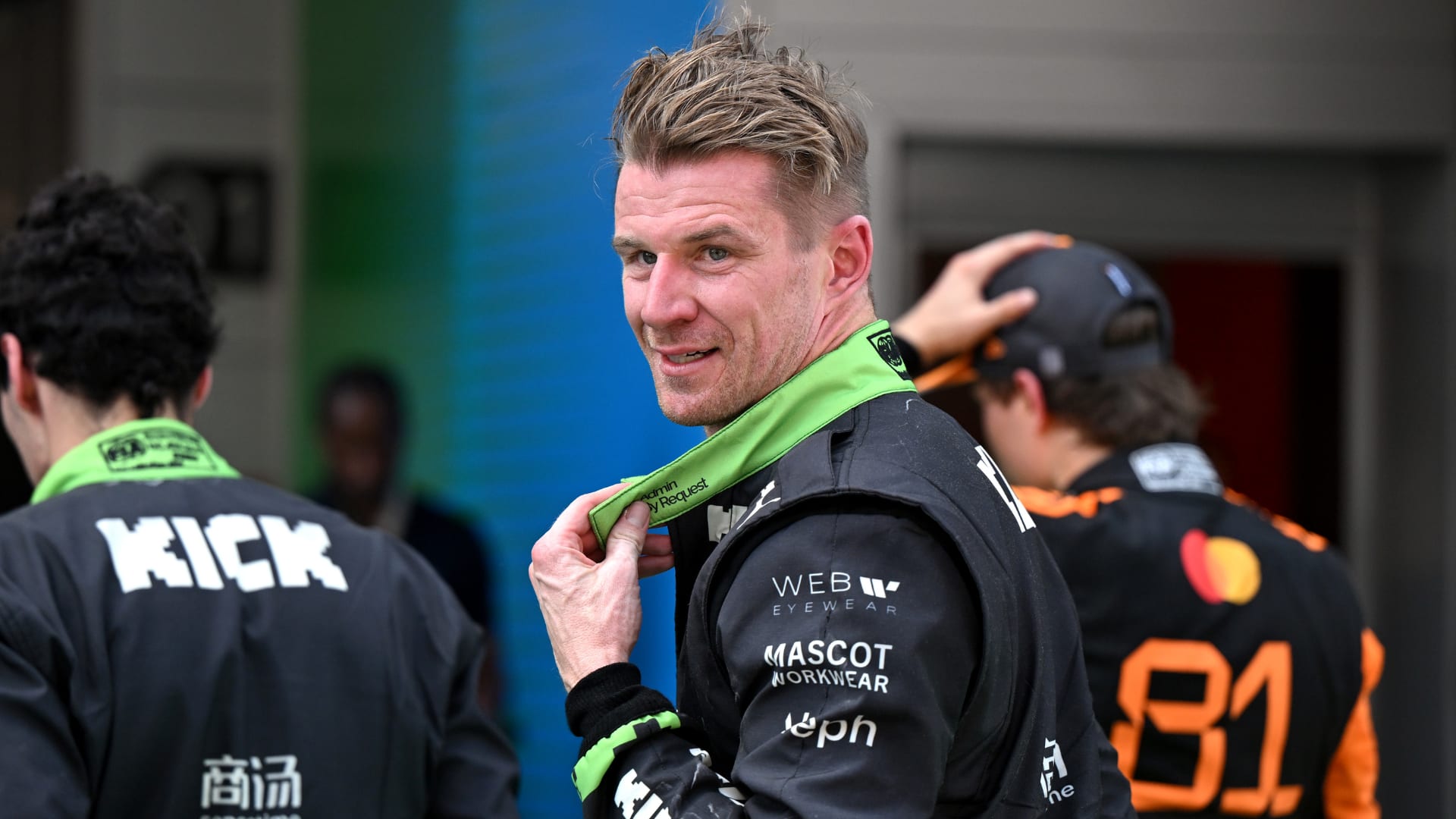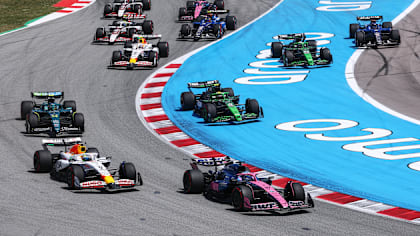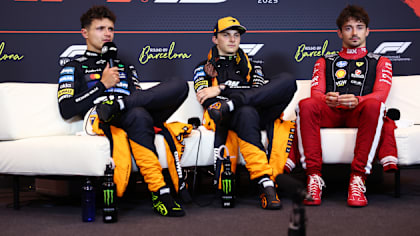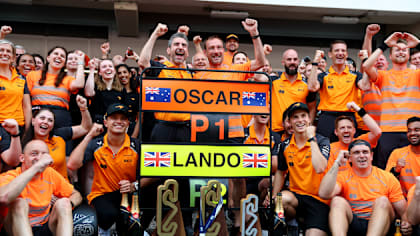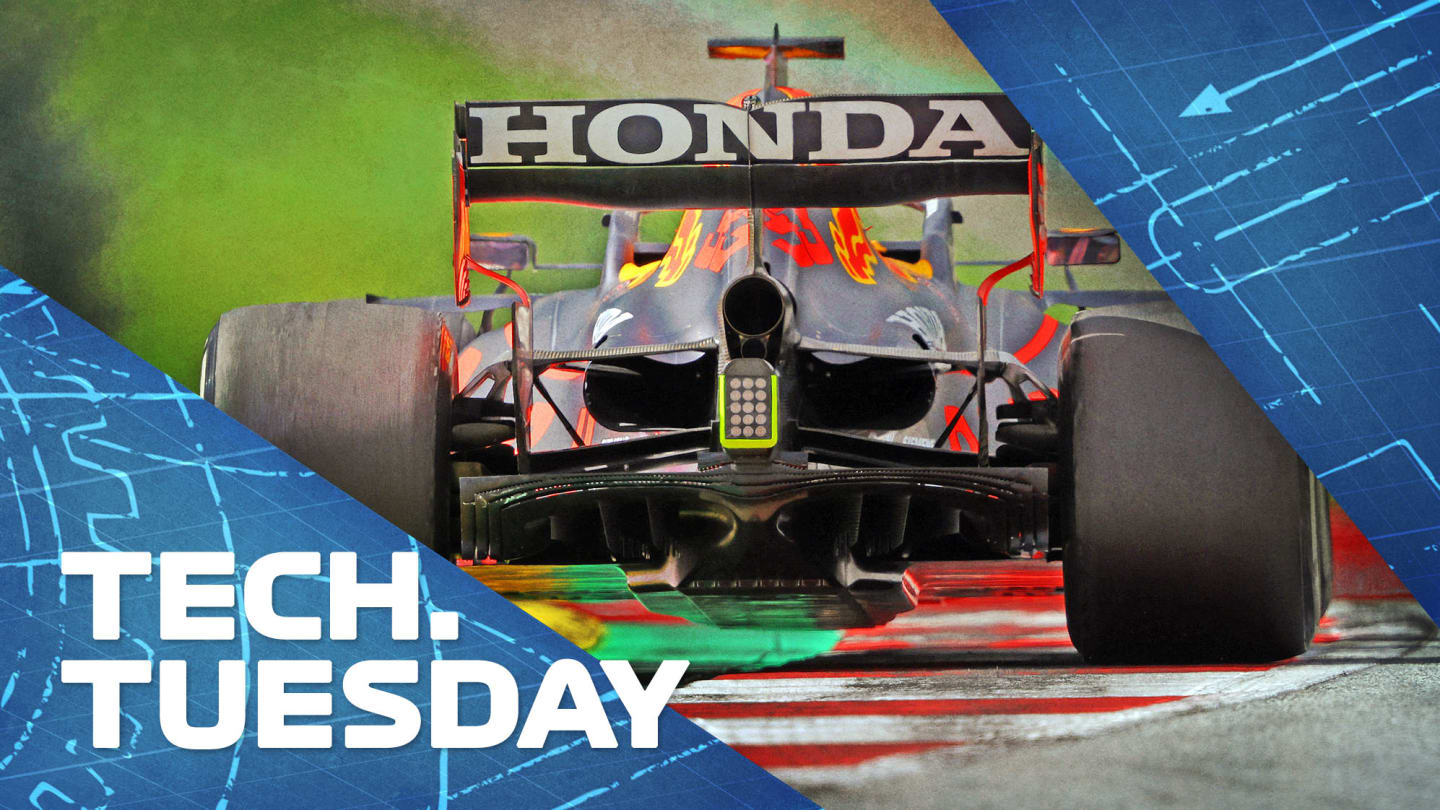
Feature
The ‘shark tooth’ diffuser helping Red Bull inch ahead – and why they’re finding more gains than Mercedes

Share

With Red Bull now on a four-race winning streak, Mark Hughes takes a look at the RB16B developments that have allowed the team to get the better of Mercedes in recent Grands Prix, with technical illustrations from Giorgio Piola.
Red Bull is pressing aggressively on with its 2021 development programme and it seems to be grinding the RB16B ahead of the rival Mercedes W12 if the respective form of the two cars at the Styrian Grand Prix is any guide. Max Verstappen was totally dominant over Lewis Hamilton in the race after qualifying around 0.2s clear on pole.
The trend of the last four races definitely shows the Red Bull in the ascendancy – with poles despite the very different demands of Paul Ricard and the Red Bull Ring – and Mercedes have admitted that while there are still some new parts to come, there will be relatively little development of its 2021 car as full attention is switched to 2022.
This is partly to do with the fact that under the revised 2021 regulations Mercedes feels there is little development potential left in its low-rake concept. The high-rake Red Bull, however, is proving very responsive to further aerodynamic development and the team is reluctant to ignore that in its quest for its first world title in eight years.
Rake angle refers to the ride height of the car, rear to front, with some teams raising the rear of the car relative to the front much more than others, which is known as 'high-rake', as opposed to 'low-rake', when the rear is lower.

Illustrating the difference in rake between the Red Bull and Mercedes cars
Consequently, the development parts just keep arriving and of late they have centred around the car’s diffuser. At the Red Bull Ring Max Verstappen had a further-developed version of the ‘shark’s tooth’ diffuser first seen during practice at Monaco.
So intense has been the push to squeeze more development pieces out of the factory that there was time to make only one of the latest iteration – and hence Sergio Perez retained the previous version for the Styrian Grand Prix weekend. He is expected to get his own new-spec version for this weekend’s Austrian Grand Prix.
Both specs of diffuser feature gurney flaps to channel the air over the top of the diffuser in a way that more effectively energises the air-accelerating vortices created by the serrations, which on the previous version were only on the outboard ends of the diffuser.
WATCH: The secrets of the F1 simulator explained
The latest version features these serrations across its full width. The vortices created help keep the whole flow over the top of the diffuser energised even as the diffuser is rising further away from the ground at low speeds as the downforce reduces with the speed.
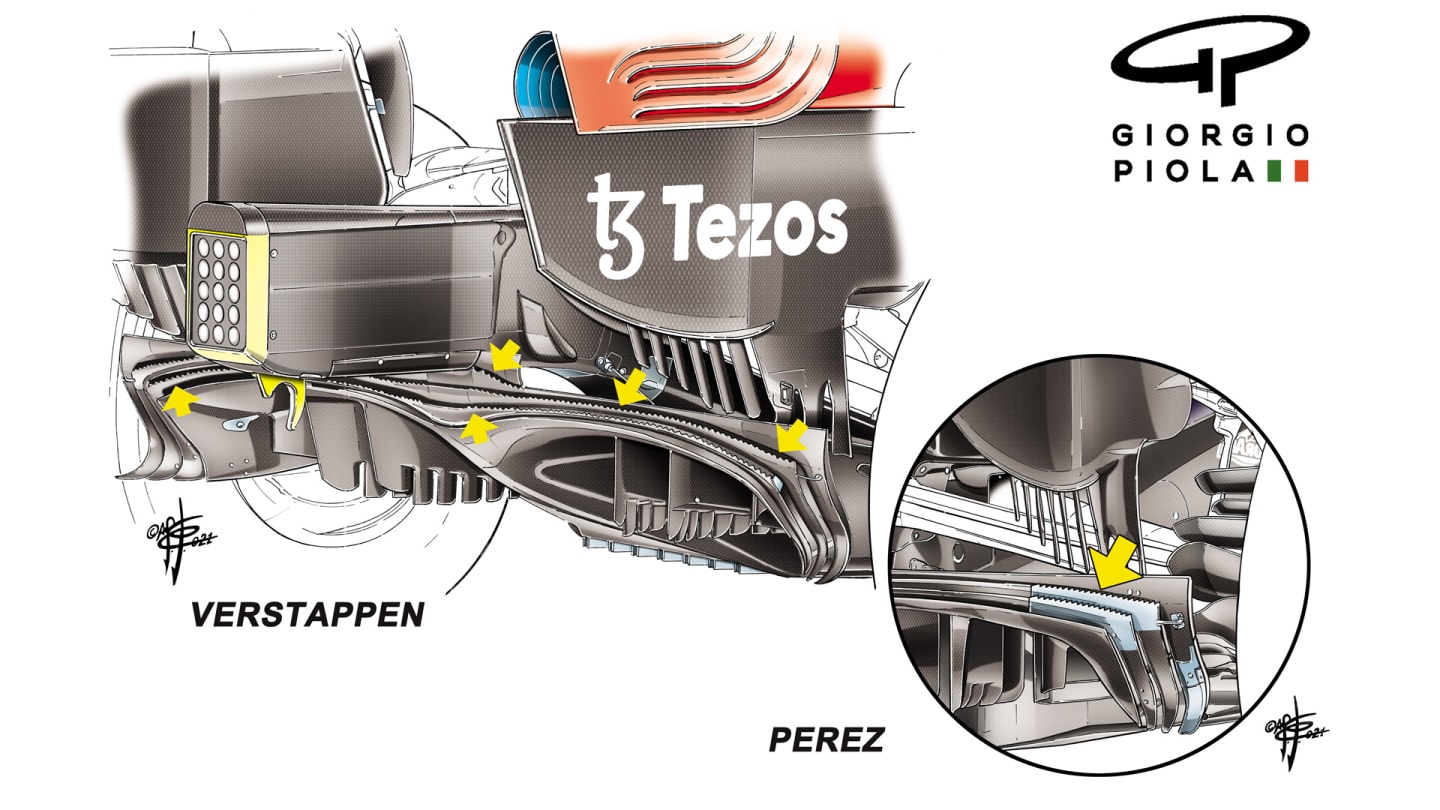
Verstappen ran an updated rear diffuser in Styria, with Perez still running the older spec part
Linking the airflow coming through the diffuser from the underfloor with that coming over the top is critical in making the underfloor work harder in sucking the car to the ground. The height at which you can keep those flows attached at low speeds determines how much rake you can realistically run. The more rake you can run, the greater the downforce.
These shark teeth serrations will effectively be allowing Red Bull to keep the diffuser airflow attached at higher ride heights than before. The more downforce that can be created from the underfloor, the less rear wing area is needed to give an equivalent total downforce.
SIDE-BY-SIDE: How Verstappen beat Hamilton to pole in Styria
Downforce created by the rear wing is very costly in drag. Downforce created by the underfloor costs very little drag. Therefore if Red Bull have found a way – through these latest diffuser tweaks – to derive a greater proportion of its total downforce from the underfloor, it will be faster down the straights for no penalty in corner speeds.
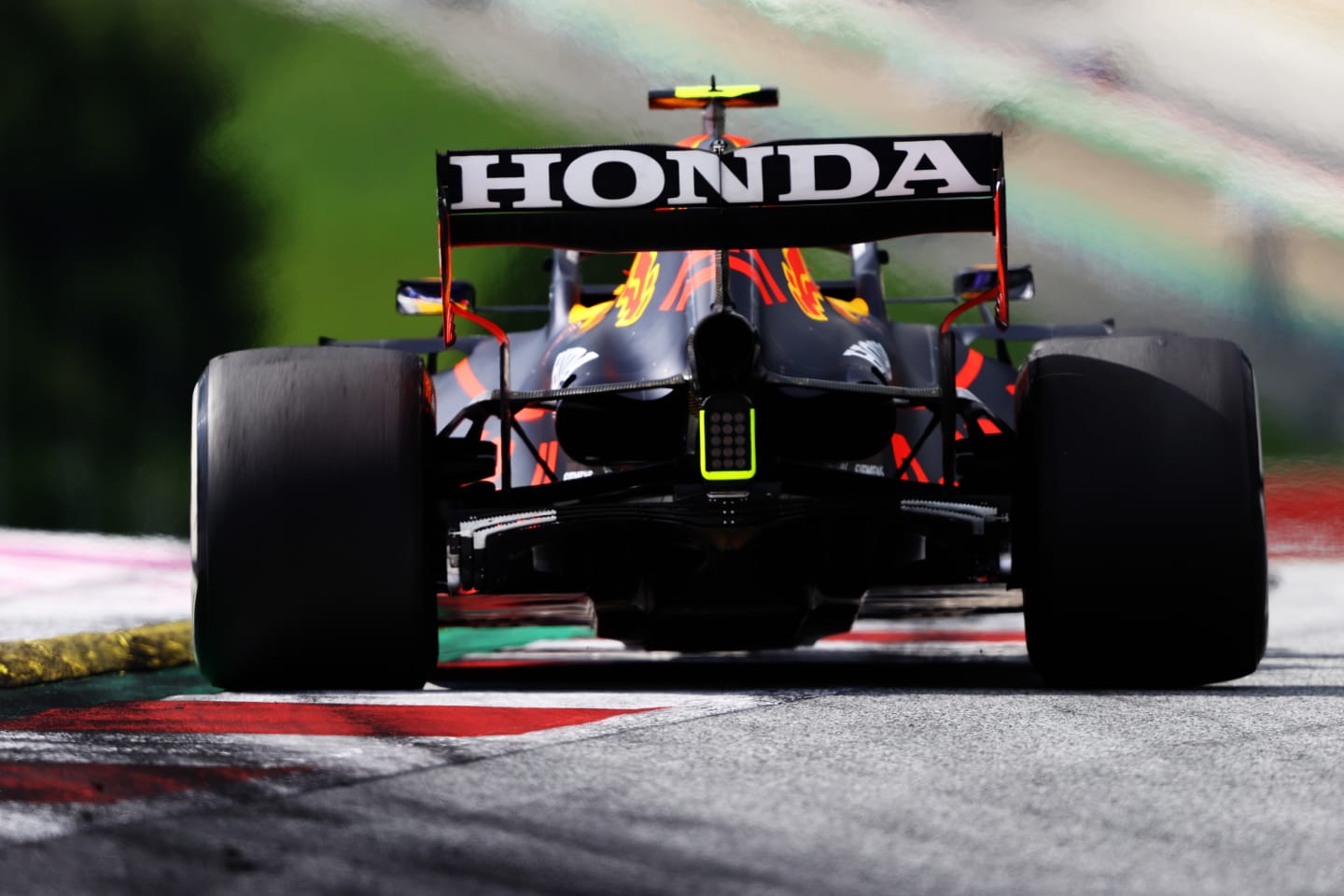
Perez was forced to run an older spec diffuser in Styria
Which is very much what Mercedes has been observing of the Red Bull in the last two races, with the Silver Arrows losing a reported 0.25s down the straights of the Red Bull Ring.
Because a high-rake car can better link up the flows from the rear brake ducts and the diffuser strakes, tweaking the diffuser in this way will tend to find a greater advantage than from a low-rake car. Especially under the '21 aero restrictions around this area of the car.
Could this be why Mercedes feels its car has effectively run out of development potential at a time when Red Bull is still finding significant gains?
YOU MIGHT ALSO LIKE
